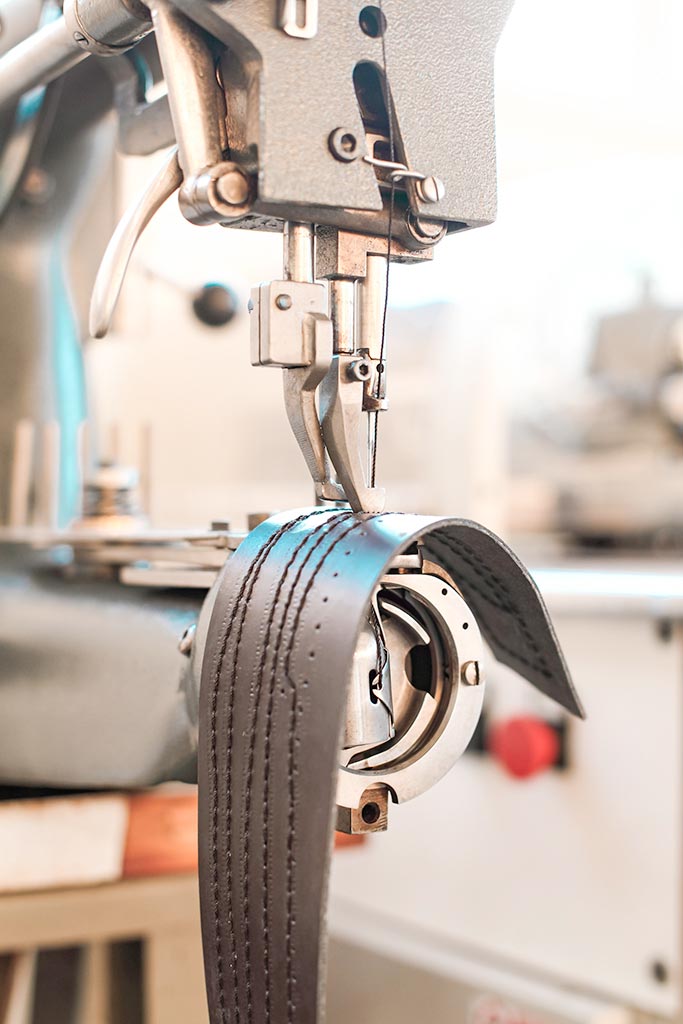
Needles' importance
Often, on the sewing machines, only a little attention is paid to the correct needle, simply choosing the one enough strong for the job to be done.
The sewing machines' needles are deeply distinguished from each others not only about the SYSTEM (the model of needle is so named) suitable for this or that machine, but also for it's edge design.
It’s easy to see that right after the alphanumeric codification that determines the type of needle such as 134 or B27 we can find other letters that specify the edge’s design for the particular version.
A really popular needle, the Sys 134, can for example be followed by the suffix -35 to identify its longer body compared to the standard.
So let's see the meaning of some of the most common letters that follow the type of needle we use.
In the textiles production, the most common letter is the "R" which identifies the "multi purpose” needle quite different for the most specific SES or SUK that identifies, the ball shaper tip needles and the size of this. Based on the type of material, thickness and compactness of the weft we will have to choose our needle.
A similar consideration should be made both for soft and for hard leather. Here we are facing to a compact material that could be used for very light gloves or hard and heavy saddles. In this case, the needle penetrates not by inserting itself into a weft but literally cutting the material.
This cut is produced by the tip which will have a sharped profile to allows the thread not only to find its space once the needle has come out, but also to give the thread itself the correct orientation. The different types of tips will produce different cuts that also allows different features of the stitch, giving it a decorative effect as well as sealing. So we find the "S" tip for a lenticular cut in the sense of the stitch or the "P" for a lenticular cut rotated of 90 degrees for example.
This is the starting point for a wide range of options (chisel, triangle, diamond point) such as to satisfy any user's needs and maximum efficiency in relation to the materials.
It’s difficult to imagine how much the technology development of such a small item requires years of experience and continuous interfacing with the companies to reach the levels we can use today.
The advice is not to skimp on the quality of this object which is literally at the forefront in creating a seam. The highest quality expressed by the most well-known and widespread companies will allow the user to obtain results of absolute excellence.


